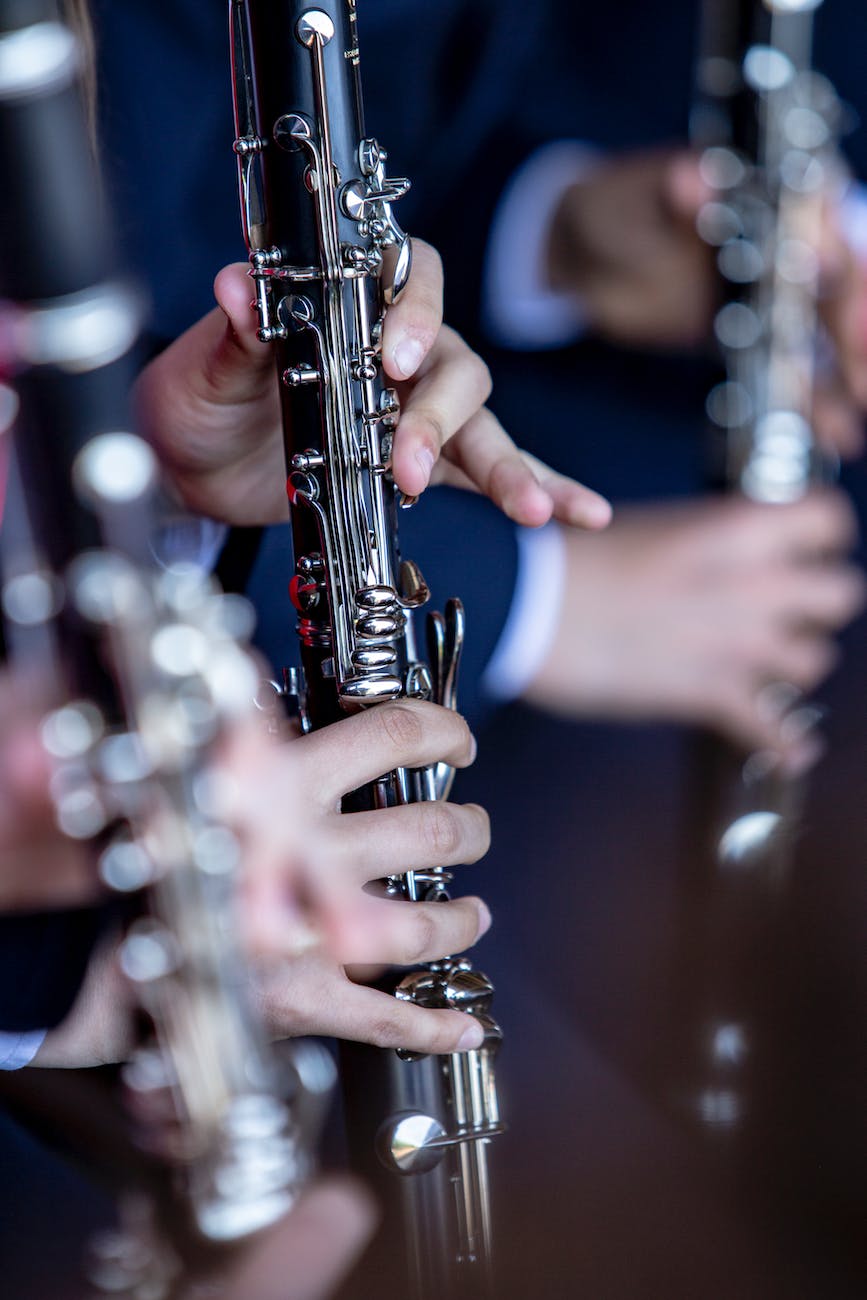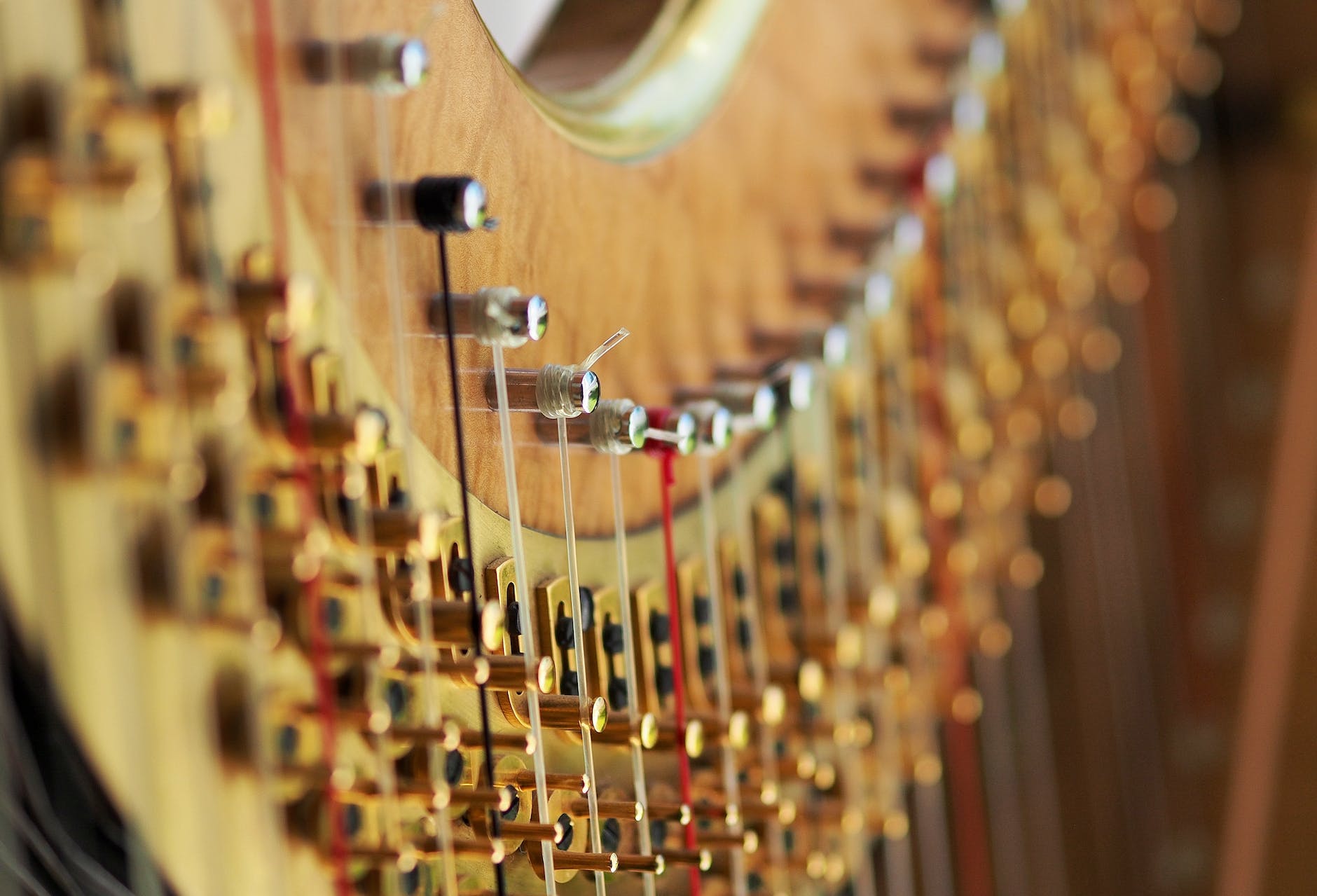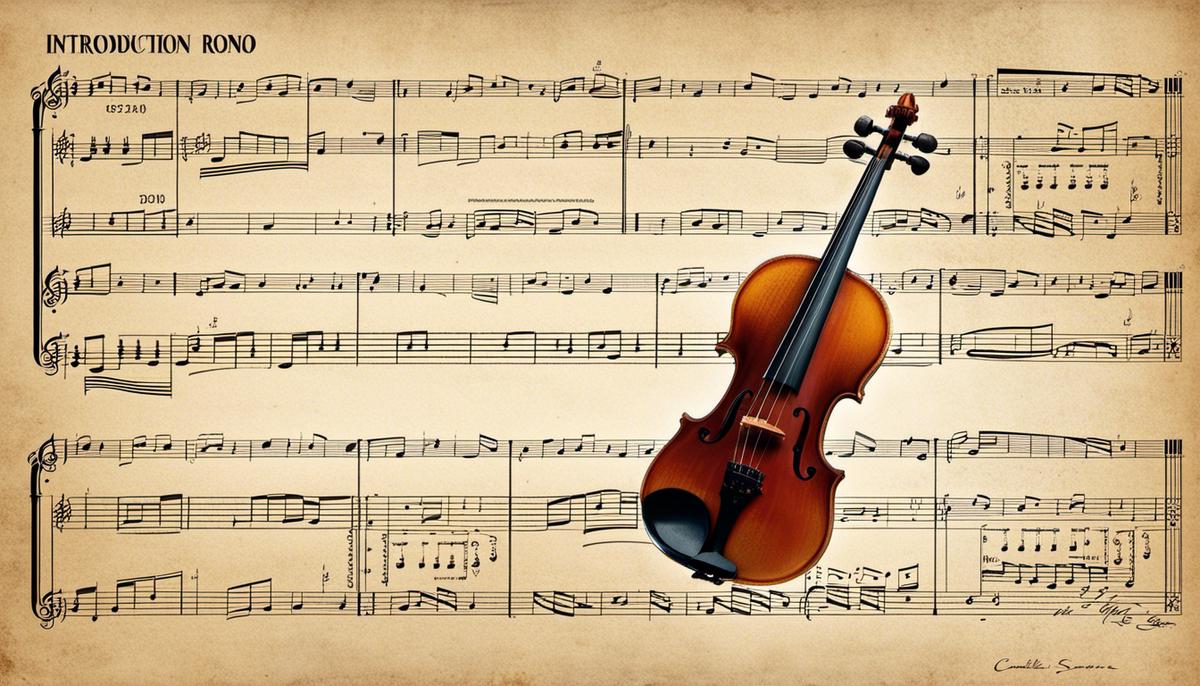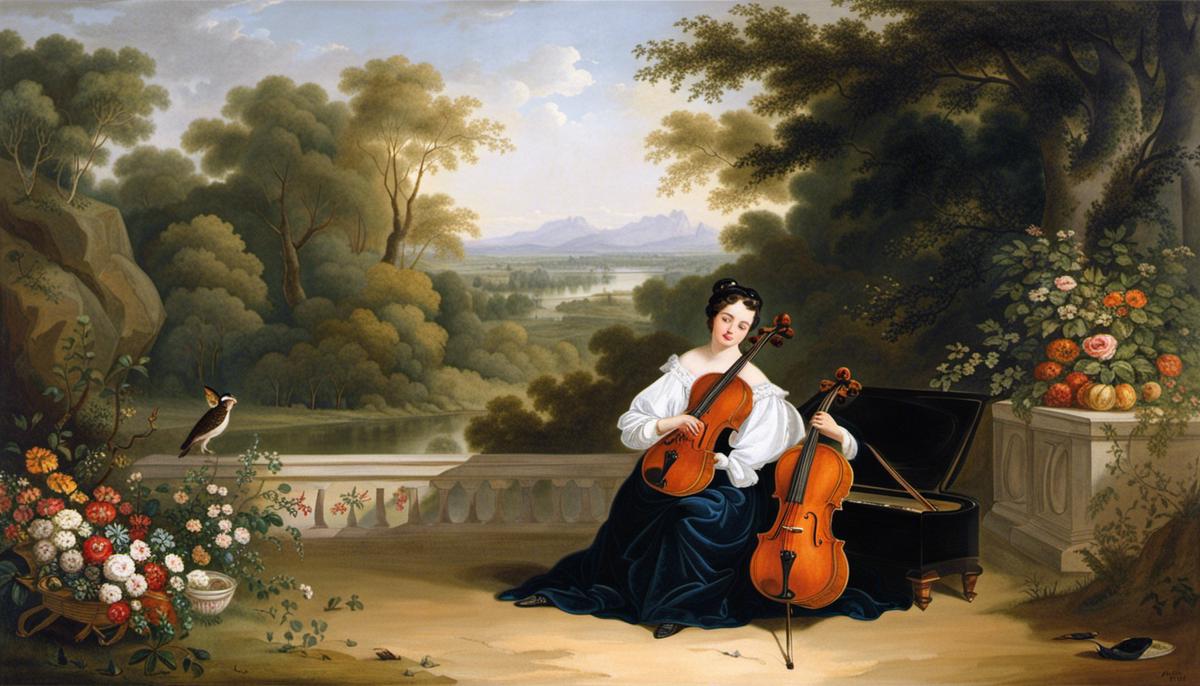Benjamin Britten vs Alfred Schnittke | Maestros Melódicos (2024)
Introducción Al hablar de los grandes compositores del siglo XX, seguro que surgen los nombres de Benjamin Britten y Alfred Schnittke. Estos dos genios de la música, aunque procedentes de regiones y entornos diferentes, han dejado una huella indeleble en el mundo de la música clásica. En este artículo, exploraremos las vidas, estilos musicales y … Read more







